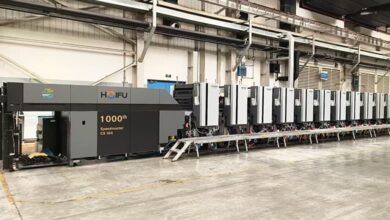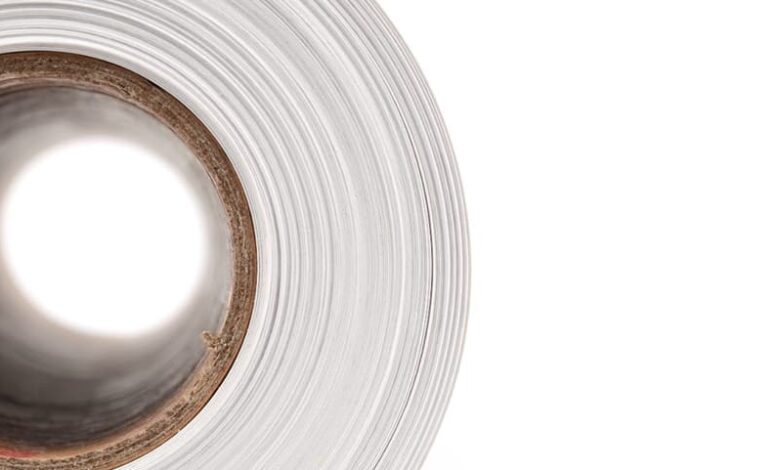
Price for all grades of paper are on the rise and printers and publishers alike are dealing with the impact
Publishers worldwide are drawing up emergency strategies amid the soaring price of paper along with its scarcity, threatening the very future of printed newspapers and magazines. The price of paper has nearly doubled putting the publishing industry in jeopardy.
With digital revolution changing the very face of the industry, the demand for paper gradually declined over the last 30 years globally, forcing many paper mills to shut up shop. The subsequent COVID-19 pandemic with its incessant lockdowns brought in a huge shortage of labour and severely impacted the supply chain routes. The already tight market was further challenged by a growing demand for cardboard packaging with the boom of e-commerce. With rising inflation and energy prices going through the ceiling, the situation has already taken a turn from bad to worse for paper supply this year. This, sadly, is the global scenario, and not restricted to any particular region or continent.
From an industry perspective, this was a recipe for disaster as publishers were forced to cut down on pages and print runs even while having to increase the cover price of their publications. While paper mills are reaping in higher profits, and print on the other hand is becoming far too expensive for the end users, there is a danger of a rapid decline in print.
Several members of the World Print & Communication Forum (WPCF) warn that the current shortage in paper coupled with its higher prices will have severe repercussions in the supply of print products for all economic markets and endangers the rebound of the graphic industry.
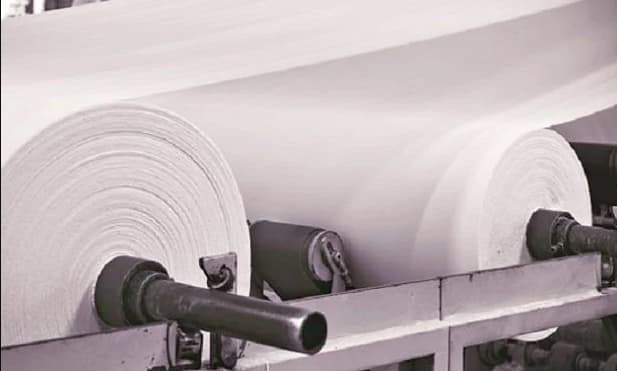
Prof. Kamal Chopra, President of WPCF and Chairman of International Relations of the All India Federation of Master Printers (AIFMP), the apex body of the Indian printing industry says, “During the past two years, printed products have witnessed a decline. But as of now, new demand is rebounding to pre-pandemic levels. But along with we are facing surging prices and uncertainty about the supply of paper and board. Industry leaders are saying that there will be further paper price increases in the near future and the printers’ costs will quadruple. And even if there’s willingness to pay the price, there is shortage of paper in the local market as either many mills have stopped production or there is greater emphasis on exporting their production. The print community is watching helplessly since even the government is not forthcoming despite the fact that paper is declared an essential commodity under the Essential Commodities Act.”
Many major paper manufacturers have already announced increases across their portfolios from next month. According to industry sources this price increase is essential in order to offset the exceptional rise in raw material costs driven by soaring energy tariffs.
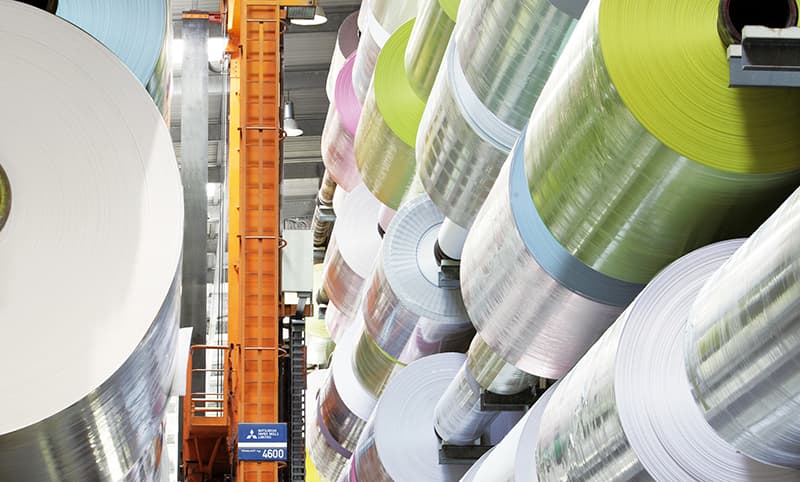
Mitsubishi HiTec Paper Europe GmbH, the German subsidiary of Japan-based specialty paper manufacturer Mitsubushi Paper Mills Ltd., is all set to increase its paper prices by up to 15% for worldwide deliveries, beginning September 1. This is in addition to the 10% global price hike across all its specialty papers that came into force on March 1 and a 12% rise for its entire range of coated specialty papers in July 1. Besides six domestic production facilities, Mitsubishi Paper has overseas production units in China, Germany, Mexico, and the USA.
Following in the Japanese company’s footsteps is Belgium-based Sappi Europe, slated to increase the price of its wood-free coated and uncoated papers and paperboards by 8-10% from September 12. This follows an increase of 10-25% effected in February. The company is Europe’s leading producer of coated graphic paper as well as packaging and specialty papers with ten production mills. Sappi Europe SA is a subsidiary of South Africa-based Sappi, a global diversified woodfibre company. Besides having five domestic production facilities, the group also has four overseas facilities in North America besides the ten in Europe.
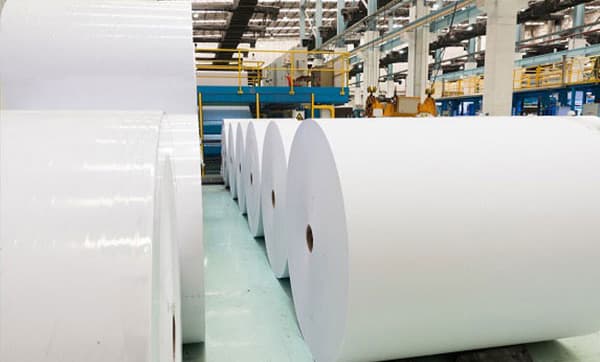
Currently the war in Ukraine has rendered European paper makers in dire need of raw materials, given the status of Russia and Ukraine as key suppliers of timber. With exports to the tune of 12 billion euros, Europe’s paper and packaging industry have been drastically affected by the ongoing crisis.
Paper stocks in India rose sharply in the August 1 morning trade with manufacturers reporting strong first-quarter (Q1) earnings ending June. One of the segment leaders, JK Paper reported a more than 100% increase in consolidated Q1 revenues to INR 1508.1 crore ($196 million) aided by a strong demand and pricing environment for paper manufacturers.
The Q1 revenue of the paperboards, paper, and packaging division of another market leader ITC was up 43.25% at INR 2,267.22 crore ($294.7 million) from INR 1,582.65 crore ($205.7 million) from the year-earlier period. The company said that the segment witnessed a revival of demand across most end-user segments and its sustainable products portfolio continues to be scaled up. ITC also witnessed robust growth in both domestic and export segments across cartons and flexible packaging portfolios. The paperboards, paper, and packaging division accounts for nearly 14% to gross revenues.
French company Antalis, a leading distributor of papers and packaging solutions, has flagged price rises of up to 20% from September 1. “Antalis continues to experience huge challenges in raw materials and logistics’ costs and availability as well as an increasing disruption in energy markets due to the unprecedented global events that impacted all industries,” says Simon Fisher, commercial director for its print, publishing, office, and visual communications, in a market update. Fisher expects the increase to be within the range of 8-20%, with the higher end relating to some of the specialist substrates. Antalis is a subsidiary of Japan-based global paper distributor Kokusai Pulp & Paper Co. Ltd. (KPP).
In the Middle East, paper prices have witnessed a steep climb since the beginning of 2022. Yousseri El Bishry, CEO of Saudi Paper Manufacturing Company (SPMC), states that shipping costs have shot up by over 400%, especially due to the global supply chain crisis, with a ton of paper costing anywhere between $30-130.
Bishry points out that the cost of pulp which accounts for 70% of the paper industry, rose from 21 million riyals ($5.6 million) per month to 34 million riyals (about $9 million). At the same time, packaging and other materials used in manufacturing increased by 24%, in addition to the increase in the prices of internal transportation.
Amr Khader, head of the paper division of the Cairo Chamber of Commerce in Egypt says that paper prices have shown an increase by around 5% in the local and global markets. Khader attributes the price hike in paper cost to the increase in raw material and emerging pricing during the current period.
Imported paper is priced around 25,000 Egyptian pounds per ton, an increase of about 5,000 pounds over the local price. Khader explained that the increase in local price, ranging between 900 and 1,300 pounds per ton, was due to the Quena Paper Industry Company, one of Egypt’s leading paper manufacturer, raising their selling prices.
Quena increased the prices of imported paper pulp and imported local and international raw materials, which led to a rise in production costs for all types of paper and printing locally.
The paper division’s head also confirmed that the price of a ton of writing and printing paper weighing 50/48 grams rose to 19,800 pounds, and the price of a ton of 55/54 grams to 19,400 pounds. Additionally, paper weighing 60/58 grams saw an increase of price per ton to 18,600 pounds, and those at 70/68 grams and 87/80 grams to 18,400 pounds.
He added that international paper prices were witnessing a continuous rise over the past two years as a result of the increase in the prices of energy and raw materials globally, in addition to the rise in freight charges worldwide.



